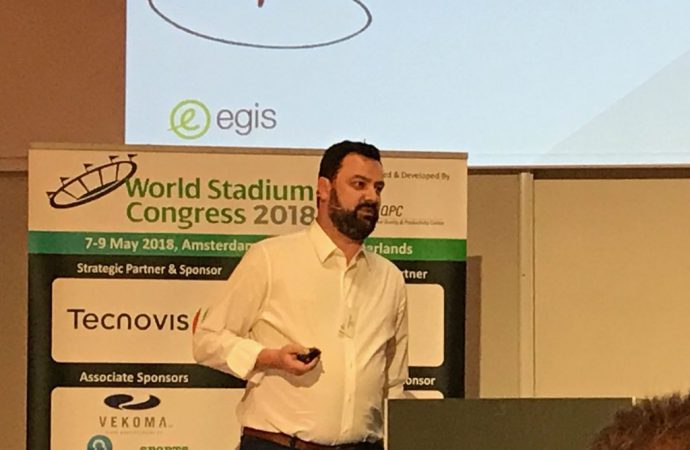Egis, the engineering firm behind a number of French football stadiums and France’s Euro 2016 sustainability strategy, develops waste reduction website
An online platform that facilitates the sharing of building materials has been established by the engineering and consulting firm behind OGC Nice’s Allianz Riviera stadium and Olympique de Marseille’s Stade Vélodrome.
Egis has launched Cycle-Up in its native France, with the ambition of reducing construction waste and decreasing carbon emissions caused by making and transporting new materials.
Construction firms, architects, demolition contractors and other stakeholders will be able to demonstrate the waste materials they have to share via the platform, or acquire leftover resources from other companies.
Sébastien Duprat, a director at Egis, said the circular economy and the methods industries use to recover and reuse materials was a big challenge “for the next 20 or 30 years”.
“New materials for a building represents 56% of the carbon impact (of a project),” said Duprat. “We can make things more green, put in some PV (solar) panels, make some natural ventilation systems, but the materials used to build the building is much more important.”
He added: “We have to deal with the lifecycle of materials and this is the real way to become low carbon in construction. In Western Europe, our construction industry represents 70% of the waste we generate. We have huge challenges managing that waste.”
Talking to sports industry delegates at the World Stadium Congress in Amsterdam, Duprat said that sports projects that lowered carbon emissions by reusing waste materials were more likely to receive LEED or BREEAM certification.
Duprat, who also worked on France’s sustainability strategy when it hosted the 2016 European Football Championships, discussed the carbon reduction project he devised with his colleagues for the Allianz Riviera, which opened in 2013.
By minimising the materials, implementing natural ventilation and water recovery, the carbon impact of a spectator was reduced to 0.6kg.
Duprat also suggested an artificial turf pitch for the venue because natural grass generates “five times” the carbon footprint when you factor in snow protection, lights, watering and “several changes” per season it requires.










Leave a Comment
Your email address will not be published. Required fields are marked with *